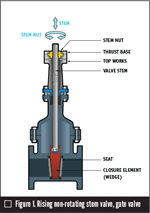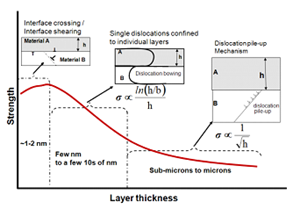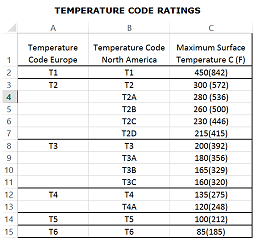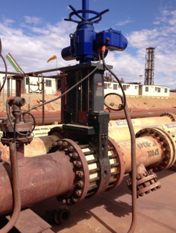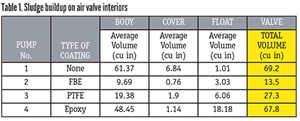A Beginner’s Guide to the Right Actuator (Consider the Valve!)
A valve, in its most basic form, consists of a body and an internal moving component (closure element), which shuts off or restricts flow through the valve.
#basics #actuators
Hazards in Chlorine Piping and the History of a Solution
North America relies on chlorine for many industrial processes and for making the ingredients that go into many of the nation’s chemicals.
Tips: Stuffing Boxes and Quarter-Turn Valves
Editor’s Note: This is the first in a series planned by VALVE Magazine that will give you, our readers, the opportunity to share tips that you have found helpful in your career.
Enhancing Valve Component Performance Through Design by Nanolamination
Today, the total cost of corrosion in the U.S. exceeds $1 trillion annually—and from oil & gas operations to municipal infrastructure, metal-based components like valves are in some of the most corrosive environments imaginable.
#materials #components
NACE MR0175/ISO 15156 & NACE MR0103
Q: Is it possible to produce remanufactured cast valve bodies that comply with NACE MR0175/ISO 15156 and NACE MR0103?
#materials
Low-Temperature Sealing with Elastomers in Sour Gas
Low-temperature sealing with elastomers is critical in both arctic regions and subsea valves.
European vs. U.S. Temperature Code Ratings for Solenoid Valves
Solenoid valves are vital components of many process automation systems.
#components #automation
Piping Codes and Valve Standards
As with every intended use for valves, piping carries its own set of standards that valve companies and users need to understand.
#standards
The Case for a Severe Service Standard
At this time, no national standards exist that clearly define severe service valves (SSVs) or set them apart from general purpose valves.
#maintenance-repair #standards
Coatings can Make a Difference in Wastewater
In Episode 23 of the Discovery Channel’s “Dirty Jobs,” Mike Rowe had the task of pulling a submersible wastewater pump from a lift station for inspection and cleaning.
#water-wastewater




